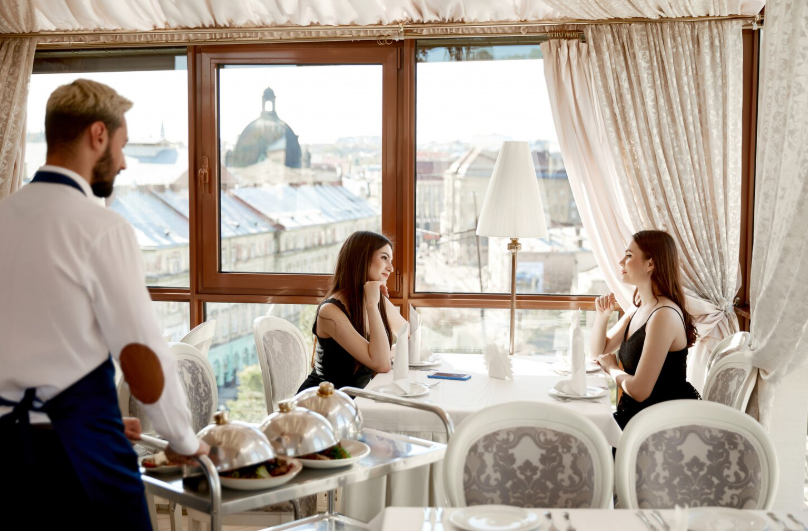Experiencing Royal Banquets: Dining Like Nobility in Europe
The Historical Significance of Royal Banquets
Royal banquets were more than mere meals; they were orchestrated displays of wealth, diplomacy, and influence. Every dish, decoration, and seating arrangement was meticulously planned to reflect the social hierarchy and political alliances of the time. Today, these historical banquets have been recreated or preserved in European palaces and heritage hotels, allowing visitors to step into a world of sophistication and ceremony.
Iconic European Venues for Royal Dining
Several European countries offer iconic venues where one can experience royal-style dining:
- France: The Château de Versailles is famous not only for its opulent architecture but also for the meticulously recreated banquets held in its grand halls.
- United Kingdom: Buckingham Palace and Windsor Castle occasionally open their state rooms for exclusive dining experiences, showcasing the elegance of British culinary tradition.
- Austria: Schönbrunn Palace in Vienna hosts themed dinners, allowing guests to enjoy imperial Austrian cuisine in a historical setting.
- Italy: Palazzo Pitti in Florence and other Renaissance-era palaces offer private dining experiences, featuring authentic Italian royal recipes from centuries past.
The Culinary Experience
Dining like nobility is about more than ambiance; it’s a journey through flavor and tradition. Royal banquets typically feature multiple courses prepared with the finest ingredients. Guests might encounter delicacies such as truffles, caviar, roasted game, or exotic spices, paired with fine wines and champagnes. The artistry of presentation and the ceremonial serving of dishes heighten the sense of occasion, turning each meal into a performance.
Etiquette and Ceremony
Part of the allure of royal banquets is the etiquette and ceremonial precision that accompanies them. From formal dress codes to seating arrangements dictated by rank and protocol, participating in such a banquet is an immersive cultural experience. Learning about historical customs, such as toasts, hand gestures, and the proper way to use cutlery, adds a layer of authenticity and appreciation for the grandeur of the event.
Modern Adaptations for Travelers
While full-scale royal banquets are rare, many heritage hotels and palaces offer curated experiences for modern travelers. These might include themed dinners, wine-pairing events, and historically inspired menus that capture the essence of noble dining. Booking these experiences in advance often provides exclusive access to areas of the palace that are usually off-limits to the public.
Why Experience a Royal Banquet?
Experiencing a royal banquet is more than just a meal; it is a journey through history, art, and culture. It allows travelers to connect with the opulence of European nobility while savoring culinary traditions that have been perfected over centuries. The combination of exquisite food, historical ambiance, and ceremonial elegance makes this a once-in-a-lifetime experience for those seeking luxury, culture, and unforgettable memories.
Tips for Planning Your Royal Dining Experience
- Research and book well in advance, as these experiences are limited and often require reservations months ahead.
- Check dress codes and etiquette requirements to ensure an immersive experience.
- Opt for guided tours or packages that include a banquet to gain deeper historical insights.
- Consider visiting during special events or festivals to witness unique ceremonies and themed dinners.
Conclusion
Stay Connected for More Travel and Lifestyle Inspiration. For more insights into travel, culture, and lifestyle tips, follow me on Instagram @salvadorordorica. If you’re seeking professional translation and localization services to enhance your global ventures, visit The Spanish Group — your trusted partner in bridging cultures worldwide.



